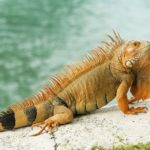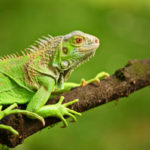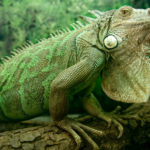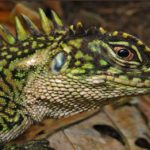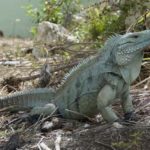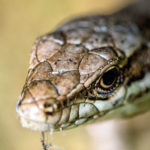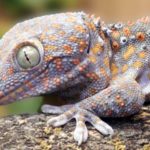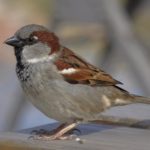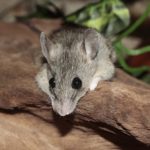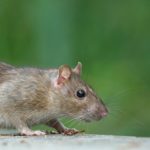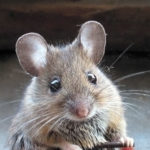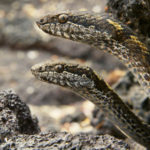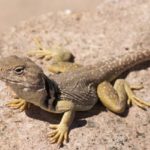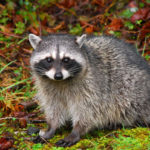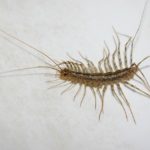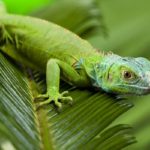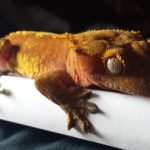Iguanas
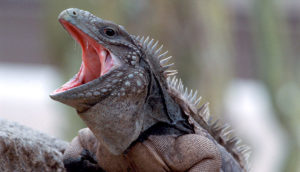 The iguana has long been a revered and great being. Even in the Maya tribe, there was a belief that iguanas are the walls of a house in which the entire world is located. There were four of them, and each of the iguanas meant a certain side of the world and everything was different in color. They called these iguanas “itzam”. And the iguana tails were connected from above, playing the role of a roof. The house had its name – “Itzam Na”, which in translation means “iguana house”. This house was considered a deity, and it was feared to depict somewhere, it was so great and powerful. Green iguanas worshiped Indians and other tribes, for example, Moche (or Mochica, this culture of South America existed before the arrival of Columbus, from the first to the eighth century). They also erected the image of the iguana in the deity.
The iguana has long been a revered and great being. Even in the Maya tribe, there was a belief that iguanas are the walls of a house in which the entire world is located. There were four of them, and each of the iguanas meant a certain side of the world and everything was different in color. They called these iguanas “itzam”. And the iguana tails were connected from above, playing the role of a roof. The house had its name – “Itzam Na”, which in translation means “iguana house”. This house was considered a deity, and it was feared to depict somewhere, it was so great and powerful. Green iguanas worshiped Indians and other tribes, for example, Moche (or Mochica, this culture of South America existed before the arrival of Columbus, from the first to the eighth century). They also erected the image of the iguana in the deity.
So, an ordinary or green iguana is a lizard of the Iguan family. As a rule, you can see it in the trees. Now the iguana is spread throughout South and Central America. Initially, this lizard was common only in such countries as Mexico, Brazil, the Caribbean and Paraguay. Now the iguana dwells on the territory of the Republic of Panama.
For the first time an iguana was described by the famous Swedish doctor Carl Linnaeus. In 1758, the tenth edition of his work, The Systems of Nature, was published, where among other representatives of the fauna was the famous iguana.
Why did the lizard get this name – the iguana? It turns out that when the conquistadors sailed to the islands of the Caribbean, there lived the tribe of Taino (“Taíno” – this tribe of Indians was the indigenous population of Cuba, Haiti, Puerto Rico, Jamaica and the Dominican Republic before the arrival of Columbus). When the Spaniards communicated with the representatives of this tribe, they heard how they call the marvelous lizard “iwana”. The word was modified by the Spanish as they liked. As a result, around the world the lizard “iwana” became known as “iguana”.
The length of the iguana is usually one and a half meters, and the mass is at least seven kilograms. True, there were also larger specimens, but this is a rarity. Also, the size of the lizard depends on the place of its habitat. In more dry areas, iguanas are generally smaller. The color of the lizard can be different, as well as the size, it depends on the habitat of the individual. And from the age of the iguana. They can be both green and bluish, and pale lilac, black, red, orange, bright blue and even pink!
The body of the iguana is rather thin, and the tail is very long. On top of the back and tail is a comb, it protects the lizard from enemies. The iguana’s tail helps her to swim and fight with enemies. If necessary, the tail can be sacrificed to a predator, with time a new one grows. The iguana’s throat is decorated with a “sack”, which seems to be compressed from the spirit of the sides. It is of great importance for maintaining the body temperature of the lizard, and also plays a certain role in the mating season. On short legs, iguanas are rather sharp claws. It is thanks to them, the lizard can safely move through the trees. The iguana’s head is covered in scutes, and the body is covered with scales. On the front and rear legs of the lizard are located five fingers, long, no membranes.
It turns out that the iguana has a real third eye! He is on the top of the head of a lizard and looks like a white scaly. The peculiarity of the iguana from its ancestors, although it does not work at full strength, still, the eye, like the ordinary, contains both the lens and the retina. It is very convenient, due to its location, the lizard reacts to the danger that comes from above.
How to distinguish the male iguana from the female? It turns out that in males the scales along the tail are much longer and stronger than in females. And the hind legs of the males give off a sharp smell from below, and since the pores in this place work best – the paws seem to be covered with wax.
The ability to reproduce occurs in the green iguana at about three, four years.
The breeding season of iguanas begins in January or in February. But the big role here is played by the area where the iguana dwells, as mating games, as a rule, occur at the beginning of the drought period, and lizard eggs are postponed at the end of this period. This is designed to ensure that the eggs of the green iguana are warm, and the offspring appear at the beginning of the rain period. It is then that there is a lot of greenery for the normal nutrition of the iguana and cubs.
The iguana feeds on the leaves of bougainvillea (“Bougainvillea” is an evergreen shrub, curly), flowers, shoots, fruits of various tropical plants. In the Republic of Panama, the iguana prefers to use the Jamaican plum (“Spondias mombin”). The iguana is a completely herbivorous reptile.
